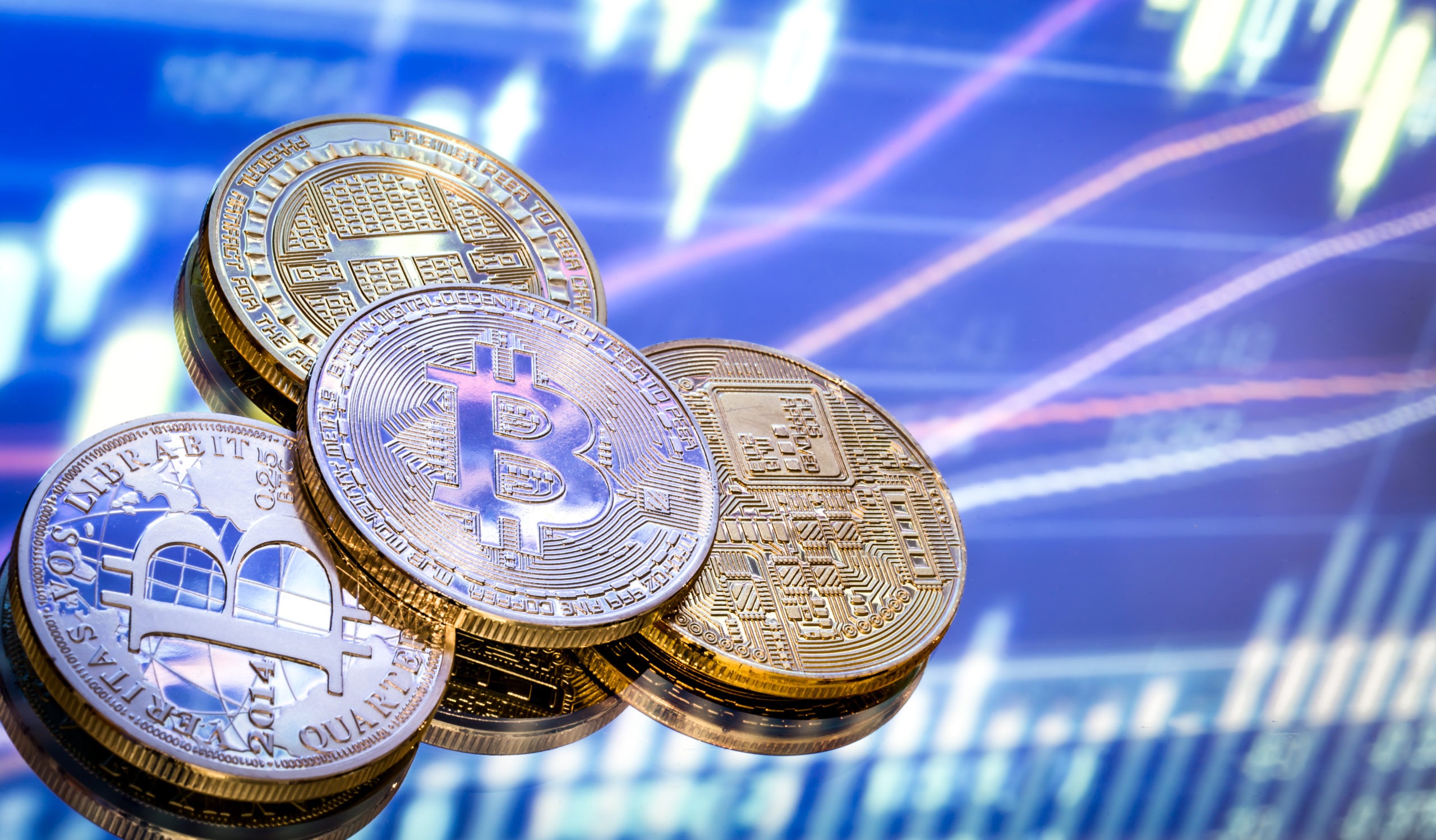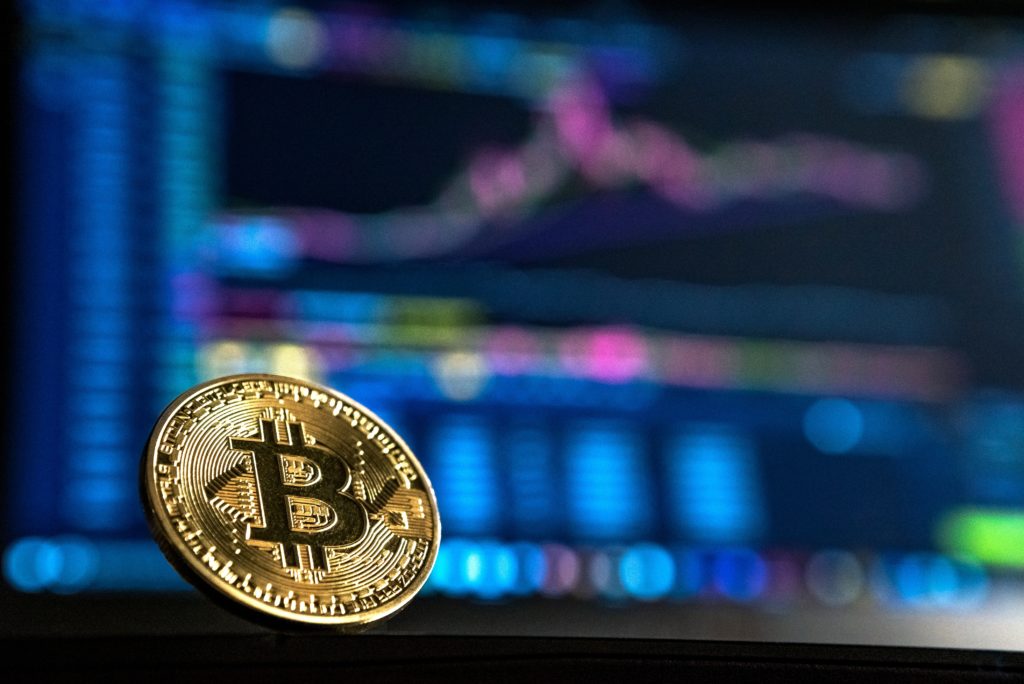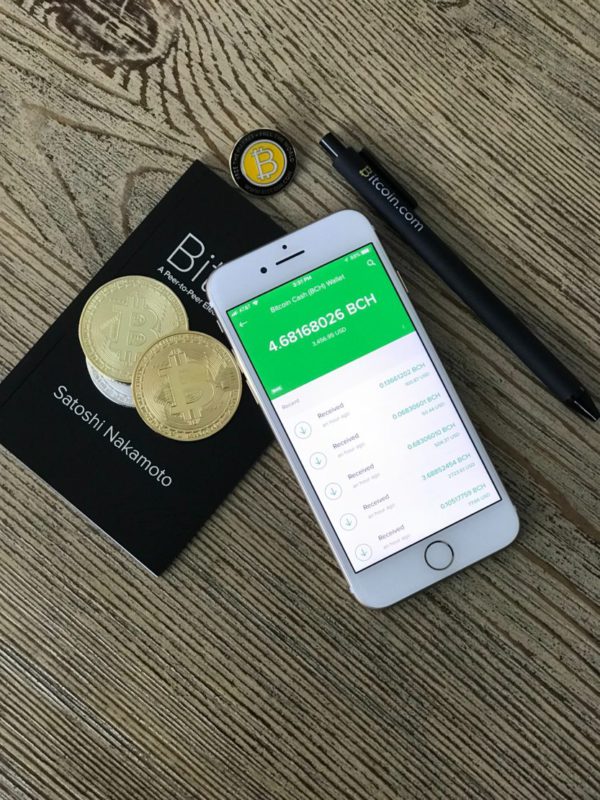How Bigtime Bitcoin Investors Move Prices In Market
Bitcoin whales are people or entities that hold substantial quantities of cryptocurrency, and their names come from the size of the enormous creatures that swim across the earth’s oceans.
When it comes to Bitcoin (BTC), a person is said to be a whale if they possess more than 1,000 BTC, and there are fewer than 2,500 of them in existence. Since Bitcoin addresses are pseudonymous, it is frequently challenging to identify the owner of any wallet.
Although the term “whale” is often associated with particularly fortunate Bitcoin early adopters, not all whales are the same. There are numerous categories, including:
Exchanges: Due to holding significant sums of cryptocurrency on their order books, cryptocurrency exchanges have emerged as some of the largest whale wallets since the widespread adoption of cryptocurrencies.
Institutions and businesses: MicroStrategy, a software company, now holds over 130,000 BTC under CEO Michael Saylor. Other publicly traded firms like Tesla and Square have also accumulated sizable Bitcoin holdings. To increase their currency reserves, nations like El Salvador have also bought a sizeable amount of Bitcoin. Large investors’ bitcoins are held in custody by companies like Greyscale.
Individuals: Many whales purchased Bitcoin at an early stage when it was far less expensive than it is now. For $141 per coin in 2013, the Gemini cryptocurrency exchange’s founders, Cameron and Tyler Winklevoss, invested $11 million in Bitcoin, purchasing more than 78,000 coins. Tim Draper, an American venture capitalist, purchased 29,656 BTC at a US Marshal’s Service auction for $632 each. Barry Silbert, the creator and CEO of Digital Currency Group bought 48,000 BTC at the same auction.
Over 236,000 BTC are currently enclosed in the Wrapped Bitcoin (wBTC) ERC-20 token. Most of these are held by custodians who uphold the 1:1 peg with Bitcoin.
Bitcoin’s enigmatic and unidentified inventor, Satoshi Nakamoto, deserves his category. Satoshi is thought to possess more than a million Bitcoins. Using on-chain statistics, it can be seen that, of the initial 1.8 million or so Bitcoins created, 63 percent have never been spent, making Satoshi a multi-billionaire. However, there is no single wallet that contains 1 million Bitcoins.
Centralization in a decentralized environment
According to detractors of the crypto ecosystem, whales make it more centralized than conventional financial markets, possibly even more so. According to a Bloomberg study, 2% of accounts held 95% or more of all Bitcoin. According to estimates, the wealth inequality in Bitcoin is more significant than in conventional financial systems, which refutes the idea that Bitcoin can topple centralized hegemonies. The top 1% of the world’s population is said to own 50% of the world’s wealth.
The Bitcoin ecosystem’s allegation of centralization has grave ramifications that might render the cryptocurrency market vulnerable to manipulation.
These figures, however, appear to be inflated and fail to take the nature of addresses into account, according to Glassnode insights. There may be some centralization, but free markets may be to some extent to blame for it. This concentration is inevitable, particularly in the absence of market controls and when some whales have a greater understanding of and trust in Bitcoin than the typical retail investor.
“Sell wall”
A whale occasionally posts a sizable order to sell a sizable portion of their Bitcoin. They keep their price lower than other sell orders. This leads to volatility, which lowers overall real-time costs for bitcoin. Following this, there is a domino effect where people start panicking and selling their Bitcoin for less.
Only after the whale cancels its huge sell orders will the BTC price normalize. The price is now where the whales want it to be, allowing them to buy additional coins at their preferred price. The following strategy is referred to as a “sell wall.”
The Fear of Missing Out (FOMO) approach is the antithesis of this strategy. This is when whales place enormous purchase pressure on the market at prices higher than the existing demand, forcing bidders to increase the cost of their offers to fill their buy and sell orders. However, this strategy requires a substantial investment of funds, which is unnecessary to execute a sell wall.
Whale purchasing and selling habits can occasionally serve as reliable price indicators. Whale Alert on Twitter has served as a resource for Twitter users worldwide to stay informed on whale movements. Websites like Whalemap are devoted to tracking every measure of whales.
Whenever a whale splashes
Indicating that the giant whales may also be the most significant holders in the ecosystem, ostensibly due to the profitability of their investment, 64 of the top 100 addresses have yet to withdraw or transfer any Bitcoin.
Whales have been lucrative for more than 70% of the time over the previous ten years when assessed for a 30-day moving average. Their faith in Bitcoin is, in many ways, what supports the price movement. Their confidence in the hodl method is bolstered by the fact that they were profitable (month over month in this example) for most of their investing time.
Exchange balances have decreased, indicating that most HOLDers are stocking up on their Bitcoin, even in 2022, one of the most bearish years in the history of Bitcoin. Most seasoned cryptocurrency investors use cold wallets for hodling instead of holding long-term Bitcoin investments in exchanges.
Speedbox CEO and long-time Bitcoin investor Kabir Seth said:
Given the widespread concern about an impending economic crisis, there is little reason to think that whales will jump ship from Bitcoin. Most whales have observed several Bitcoin market cycles and have the patience to wait for the next one. The macroeconomics of inflation and, more recently, the correlation with stock markets in the Bitcoin ecosystem now support the belief of whales. The majority of whale wallets, according to on-chain data, are holders. Those that arrived during this market cycle haven’t generated enough realized profits to sell.
The positive aspect of this trend is that consumers now view Bitcoin as a mainstream asset, changing the perception that it is a niche asset. On the other hand, a Pearson correlation of 0.6 with the S&P 500 is in no way a hedge against the traditional markets. Other industry professionals appear to be dissatisfied with this development as well.
A significant factor in the association between equities and Bitcoin may be broader macroeconomics. History-making amounts of money have been invested in the stock market during the last couple of years. There are suggestions that the correlation with the stock market may fail during a protracted down market or after financial calamities.
Also, read – Bitcoin Covenants: What are they, and how do they work?
When a whale sells, what does that mean?
However, a glance at the on-chain data over the last three months reveals an almost 10% decline in the number of whale wallets. But there has also been a similar rise in wallets with 1,000 BTC or more. The whales appear to be derisking their positions, and as a result, more prominent retail investors have been building up, giving the whales liquidity. The historical pattern demonstrates that anytime this happens, there will be a brief drop in the price of Bitcoin, which will eventually cause whales to start aggressively accumulating more.
*CHINESE CRYPTO WHALE SELLS $200 MLN IN BITCOIN ON BINANCE EARLIER CAUSING THE DIP TO $47K$BTC pic.twitter.com/fJ4ZWTsnHQ
— Jesse Cohen (@JesseCohenInv) April 26, 2021
Regarding the most recent whale sell-off, Seth responded as follows:
“It’s almost sure that the Whales will start selling for a few weeks. This is how market movements work. The Bottom is in, according to the general perception of the Bitcoin market. Tools for sentiment analysis exist to support this. Certain whales may be bucking this pattern, which would increase market fear. Bitcoin prices could crash if there is a significant sell-off because the retail support will crumble. The only ones who will be able to accumulate then are whales.
The market can learn from Kabir’s argument and the whales that one should place their bets on Bitcoin’s future. Locally, attitudes can be changed, and pricing can be affected. Hodlers will win out in the end when everything is said and done.
Stay informed with daily updates from Blockchain Magazine on Google News. Click here to follow us and mark as favorite: [Blockchain Magazine on Google News].
Get Blockchain Insights In Inbox
Stay ahead of the curve with expert analysis and market updates.
latest from tech
Disclaimer: Any post shared by a third-party agency are sponsored and Blockchain Magazine has no views on any such posts. The views and opinions expressed in this post are those of the clients and do not necessarily reflect the official policy or position of Blockchain Magazine. The information provided in this post is for informational purposes only and should not be considered as financial, investment, or professional advice. Blockchain Magazine does not endorse or promote any specific products, services, or companies mentioned in this posts. Readers are encouraged to conduct their own research and consult with a qualified professional before making any financial decisions. The featured image used is just a creative depiction of the title and it does not intend to hurt sentiments of any person or institution. If it hurts anyone sentiments, please do not hesitate to reach out to Blockchain Magazine.

 Bitcoin
Bitcoin  Ethereum
Ethereum  XRP
XRP  Tether
Tether  Solana
Solana  Dogecoin
Dogecoin  USDC
USDC  Cardano
Cardano  Lido Staked Ether
Lido Staked Ether  TRON
TRON  Chainlink
Chainlink  Avalanche
Avalanche  Wrapped stETH
Wrapped stETH  Sui
Sui  Wrapped Bitcoin
Wrapped Bitcoin  Toncoin
Toncoin  Stellar
Stellar  Hedera
Hedera  Shiba Inu
Shiba Inu  Polkadot
Polkadot  WETH
WETH  LEO Token
LEO Token  Litecoin
Litecoin  Bitcoin Cash
Bitcoin Cash  Bitget Token
Bitget Token  Hyperliquid
Hyperliquid  Uniswap
Uniswap  Official Trump
Official Trump  USDS
USDS  Wrapped eETH
Wrapped eETH  Pepe
Pepe  NEAR Protocol
NEAR Protocol  Ethena USDe
Ethena USDe  Aave
Aave  Aptos
Aptos  Internet Computer
Internet Computer  Monero
Monero  WhiteBIT Coin
WhiteBIT Coin  Ondo
Ondo  Ethereum Classic
Ethereum Classic  Cronos
Cronos  POL (ex-MATIC)
POL (ex-MATIC)  Mantle
Mantle  Render
Render  Dai
Dai  MANTRA
MANTRA  Algorand
Algorand 




